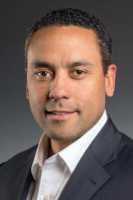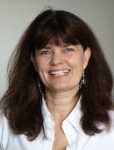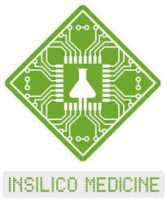MedicalResearch.com Interview with:
Dr. Orit Harari-Steinberg
Dr. Dorit Omer
Dr. Oren Pleniceanu
Prof. Benjamin Dekel
The Pediatric Stem Cell Research Institute
Sheba Medical Center
Tel Hashomer, Israel
MedicalResearch.com: What is the background for this study?
Response: The motivation behind this study is the rising epidemic of chronic kidney disease (CKD). With a prevalence in some reports of up to 17.3% and very expensive treatments, especially in its advanced stages, CKD is more common than most people think, and it keeps growing at a very fast rate, due to the increasing number of patients suffering from diabetes and hypertension. At the same time, medicine doesn’t offer good solutions to these patients, with dialysis creating high morbidity and mortality.
From the fact that 70,000 cells are shed in the urine each hour, we deduce that the kidney has the ability to form new cells to make up for this loss. In a previous work, we used a mouse model to show that cell clones form and proliferate in the adult kidney, so we know that cells of the adult kidney, or at least a portion thereof, have the ability to multiply in-vivo. It has been possible for quite a while to isolate proliferating cells from human kidneys and grow them in a dish.
The problem, however, is that in order to achieve a large enough number of cells capable of regenerating the kidneys, massive expansion is needed ex-vivo, and that's the real obstacle. The reason is that following several passages, the cells lose their phenotype and become senescent, and therefore useless for regenerative purposes.
In this study, we developed a unique 3D culturing method, growing the kidney cells in structures which we termed 'nephrospheres'. This culturing method rejuvenated the cells and allowed massive expansion for long periods of time. The positive effect on the cells was evident when we analyzed their transcriptome and found activation of molecular pathways associated with renal epithelial identity and renal tissue-forming capacity.
What's even more striking, is that the same effect was seen when we used cells from the kidneys of CKD patients. We were then interested in determining whether these cells might also have a therapeutic effect. Indeed, when we injected these cells into mice with CKD (which was generated by resecting 5/6 of their kidneys), we saw a functional improvement in GFR. When we analyzed the treated kidneys, we found that the injected cell both formed renal tubule-like structures and integrated into existing host tubules, which resulted in a therapeutic effect. So, altogether, this study showed that our culturing method can serve as an effective means of establishing large numbers of autologous cells with regenerative capacity.
(more…)

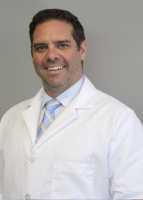
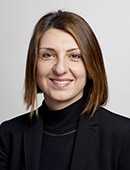
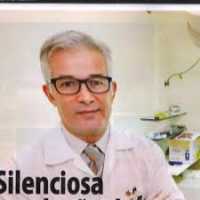
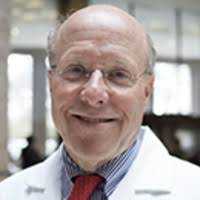

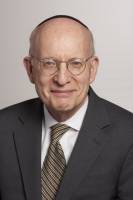

 It was noted that the differentiation of the structures of the developing jaws is ahead of other divisions. The presence of chromophobic spindle-shaped cells migrating in the direction of the tooth rudiments and their location in the region surrounding the enamel organ indicates intercellular interactions in the development of teeth in humans that differ from these processes in lower vertebrates. At the present stage, it is known that ectomesenchyme is involved in cell assemblies participating in the development of dentin.
It was noted that the differentiation of the structures of the developing jaws is ahead of other divisions. The presence of chromophobic spindle-shaped cells migrating in the direction of the tooth rudiments and their location in the region surrounding the enamel organ indicates intercellular interactions in the development of teeth in humans that differ from these processes in lower vertebrates. At the present stage, it is known that ectomesenchyme is involved in cell assemblies participating in the development of dentin. 